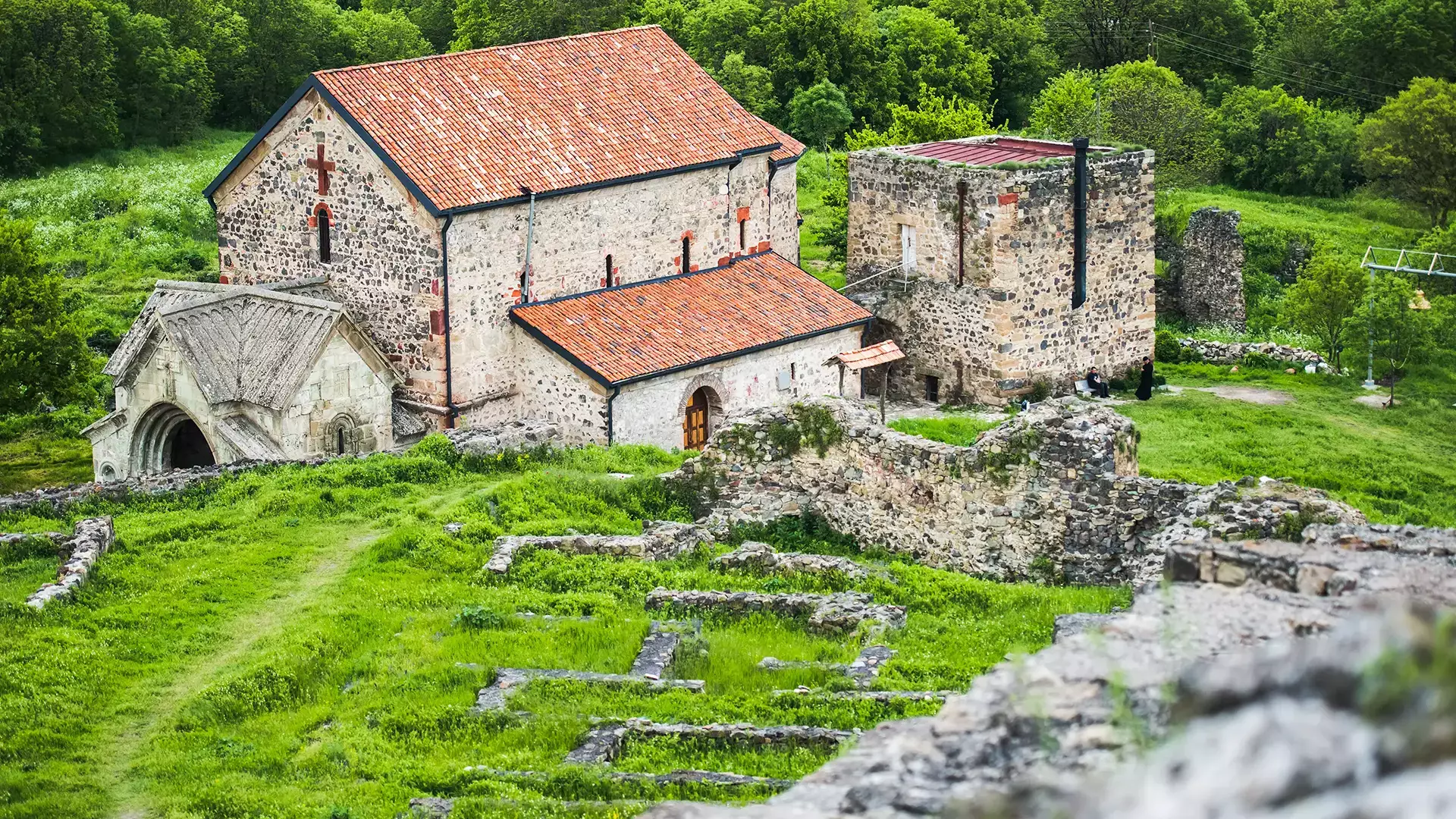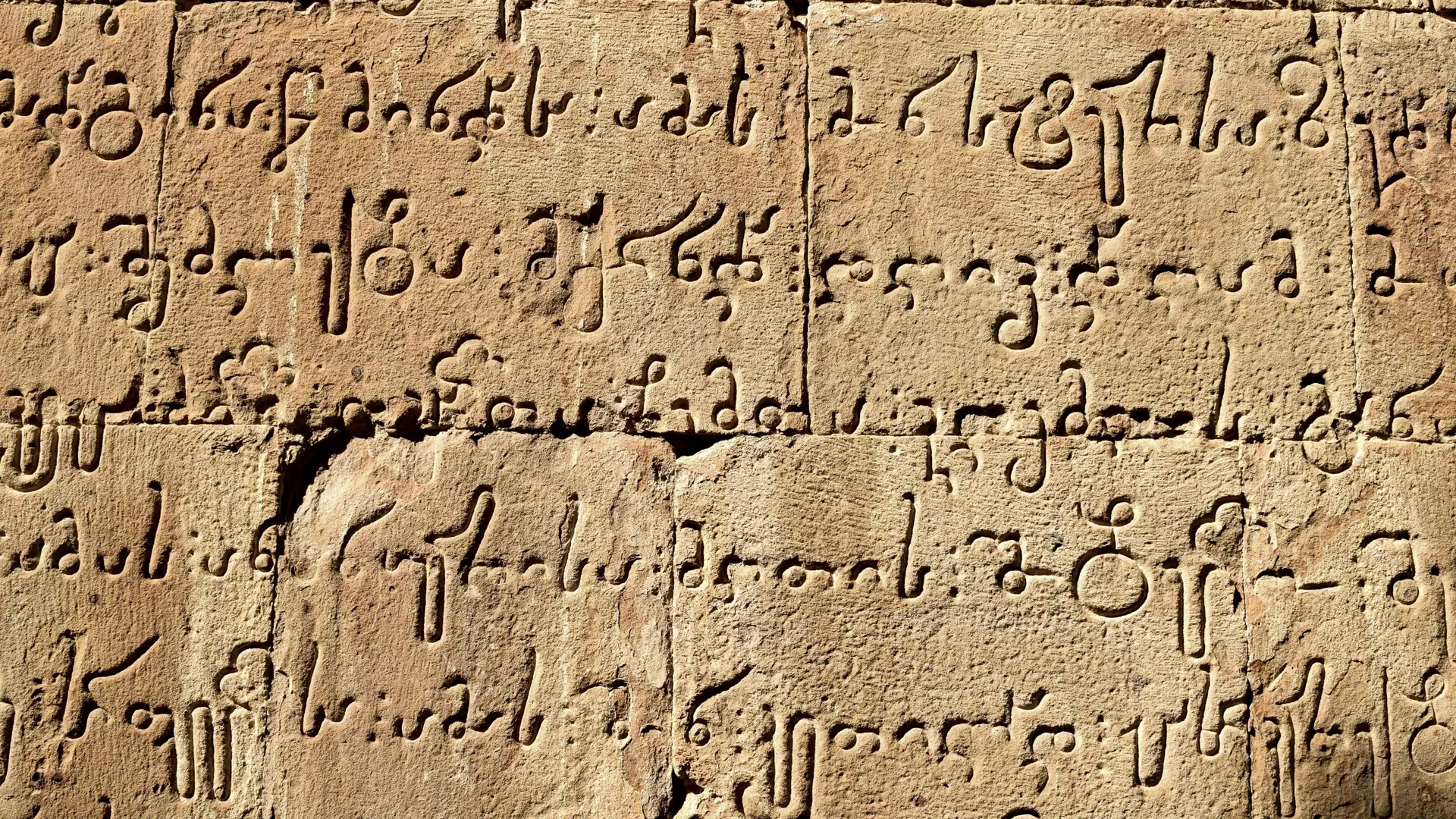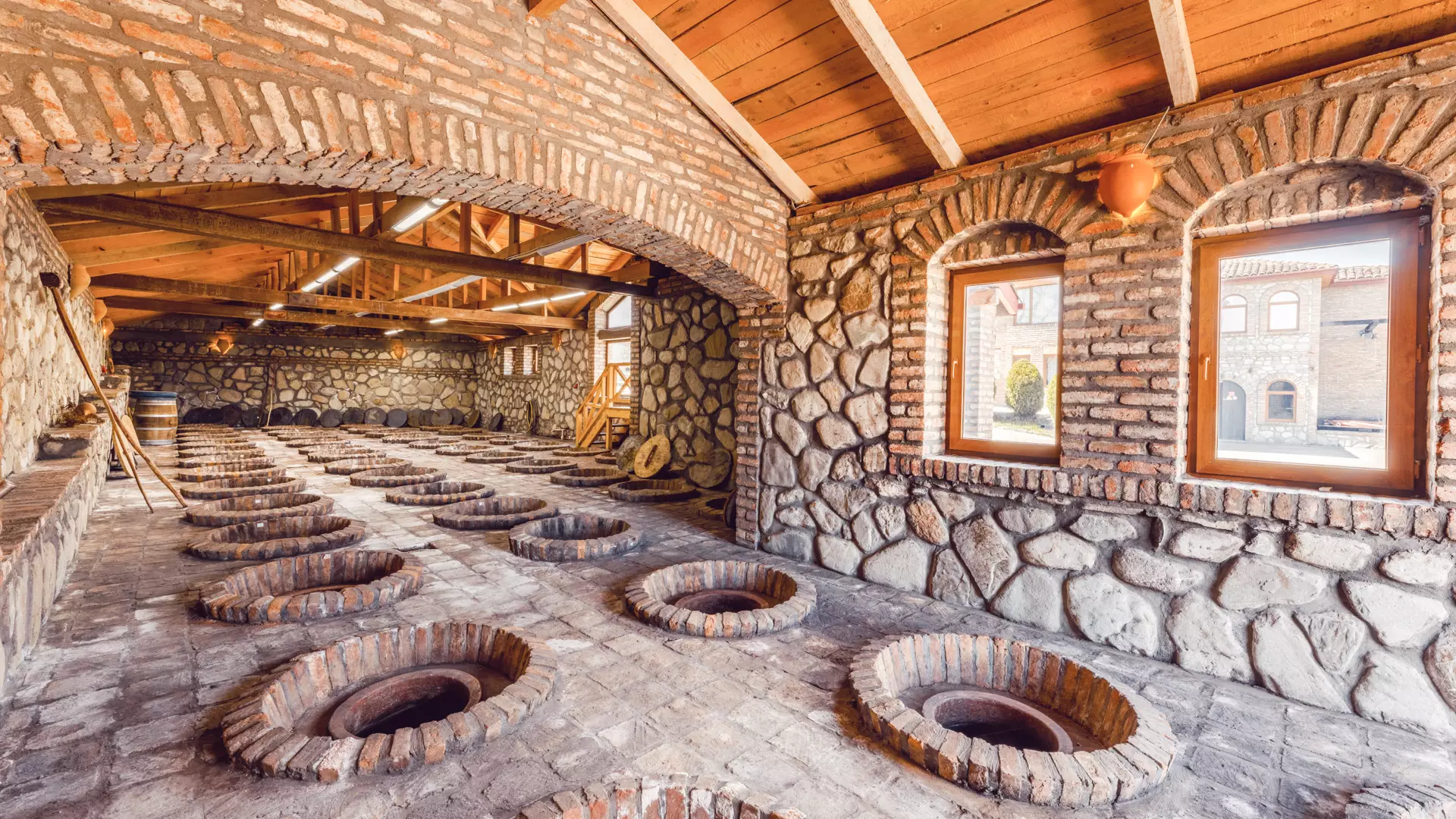UNESCO Heritage in Georgia
While these two achievements are perhaps the most recognised, there are many other things from the history of our country that have changed humanity and helped the development of the world.
Zezva and Mzia
When a skull dated at 1.8 million years old was found in Dmanisi in 1991, it nearly completely upended the prevailing view of human history. This was the first person in Europe, who scientists have dubbed “Homo Georgicus”, meaning “human being from Georgia”.
Dmanisi itself, where five more skulls have been found, has been recognised as the first human habitation in all Europe.
This discovery disproved the longstanding theory about the dating of Eurasian colonization, pushing back the estimate by hundreds of thousands of years.
The first Europeans, who have been named Zezva and Mzia and whose faces have been reconstructed, have “traveled” to many countries, to introduce the world to the face, body structure, and way of life of the first European people.
You can see the first Europeans, Zezva and Mzia, in their homeland, Georgia, at the Dmanisi Museum-Reserve of the National Museum.
The Georgian Writing System
Scientists have not yet determined what language the first Europeans living in Georgia conversed in, but we know that the Georgian writing system was the official writing system of the state by the 3rd century BCE.
If you should find yourself in the ruined city of Nekresi, you should see the inscription found on a grave there. Scientists believe that it may date back to the pre-Christian period, which would make it the oldest extant piece of Georgian writing.
Of the couple of dozen writing systems in the world, there are three forms of the unique and beautiful Georgian writing system – Asomtavruli, Nuskhuri, and Mkhedruli. They are considered to be some of the most ancient writing systems, and have been inscribed onto the UNESCO Intangible World Heritage List as “the Living Culture of Three Writing Systems of the Georgian Alphabet”.
Georgian Monuments of Global Significance
With more than a million years of human habitation, Georgia preserves a rich collection of fascinating and diverse architectural monuments.
So far, five Georgian monuments have been inscribed onto the UNESCO World Cultural Heritage Monuments list: the Historical Churches of Mtskheta (the 11th-century Svetitskhoveli Cathedral, the 6th-century Jvari Monastery of Mtskheta, the 11th-century Samtavro Monastery), the 12th-13th-century Gelati Monastery in Imereti Region, and the villages (Lamjurishi, Murqmeli, Zhibiani, Chazhashi, and Chvibiani) of the Ushguli Community with their unique Svan towers.
These monuments will tell you about Georgia’s ancient history through their architectural diversity, frescoes, decorations, and inscriptions.
The Colchic Rainforests and Wetlands of Georgia are also on the UNESCO World Heritage Monument list, and you should not miss traveling to them. An unforgettable adventure awaits any adventure tourism enthusiast in the national parks and protected areas, which stretch over eighty kilometers on the rather warm and humid Black Sea coast.
Georgian Qvevri Wine
A trip to Georgia is not complete without having seen the ritual opening of a Qvevri in a Georgian wine cellar, then tasting the wine made in that Qvevri, along with shoti bread and guda cheese at an impromptu supra on top of that Qvevri, while enjoying the polyphonic song “mravalzhamieri”.
Qvevri wine is made using the method which has been inscribed onto the UNESCO Intangible Cultural Heritage List as the “Traditional Qvevri Winemaking Method”.
Georgian polyphony is also on the UNESCO Intangible Cultural Heritage list, recognized as a masterpiece of the oral tradition and intangible heritage of humanity.
What this all means is that Georgia, a country small in area, is a place where you can come into contact with multiple world treasures all at the same time.
Cookie Policy



.webp)
